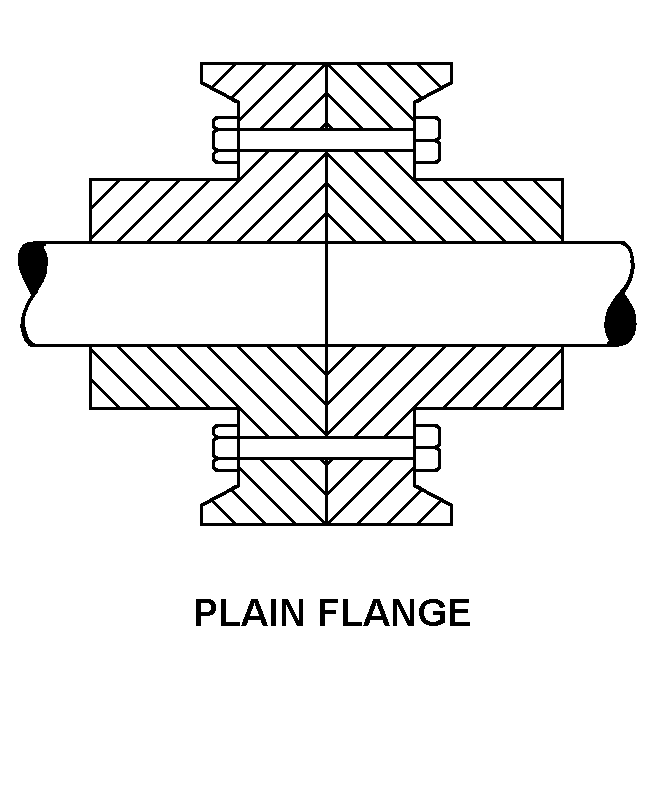3010000729890
Price Quote Get an up to date pricing and availability quote for this product. Order online or over the phone.
Quality Commitment
Serving our customers with quality and safety first.
- AS9120 Certified
- Audited supply chain
- ITAR Registered
- DDTC Registered
- HAZMAT Certified
- Customer service objectives
- Every product 100% inspected

3010-00-072-9890 Specification Set by the OEM (see RNCC code 3)
7.687in. ⁓7-11/16"
2.0000in. first end
9.437in. ⁓9-7/16"
3.5930in. both ends
straight first end
keyway
steel
distance from center of bore to bottom of keyway: 1.1870 in. first end and 0.781 in. second end; flange width: 2.861 in. ; hub diameter: 6.875 in. ; 1 keying facility included at each end; keying facility width: first end, 0.500 in. , second end, 0.312 in.
plain flange
Cross Reference Parts Part numbers that meet the specification outlined on this page and set by the OEM
Identification Item Identification Guide (IIG) and Item Name Code (INC)

Definition Definition of approved item name (AIN): "COUPLING,SHAFT,RIGID"
A device for connecting the ends of two shafts to produce in effect, one piece of rigid shafting so that the rotary motion of one shaft is transmitted to the other shaft. Couplings of the sleeve type must have an over-all length exceeding the outside diameter, or must have an internal spline.
3010-00-072-9890 Material Hazmat, Precious Metals, Criticality, Enviroment, and ESD
Indicates there is no data in the hmirs and the nsn is in a fsc not generally suspected of containing hazardous materials.
Precious metal content is unknown
The item does not have a nuclear hardened feature or any other critical feature such as tolerance, fit restriction or application.
Identification Codes
HMIC: Hazardous Material Indicator Code. A one position code that identifies a hazardous item.
PMIC: Precious Metal Indicator Code. A one position code which identifies items that have precious metals as part of their content. precious metals are those metals generally considered to be uncommon, highly valuable, and relatively superior in certain properties such as resistance to corrosion and electrical conductivity.
ESD: Electrostatic Discharge. Indicates if an item is susceptible to electrostatic discharge or electromagnetic interference damage. electrostatic discharge damage occurs when an accumulation of static electricity generated by the relative motion or separation of materials is released to another item by direct contact. electromagnetic interference damage occurs when an item comes into proximity with an electrostatic or magnetic field.
ENAC: Enviromental Attribute Code. Identifies items with environmentally preferred characteristics.
CRITL: Criticality Indicator Code. Indicates an item is technically critical by tolerance, fit, application, nuclear hardness properties, or other characteristics.






